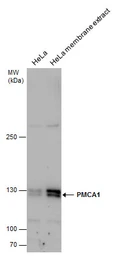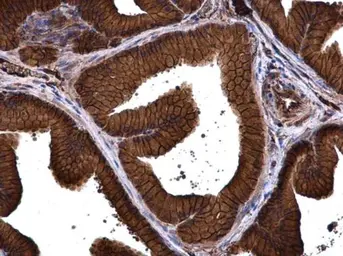PMCA1 antibody
Cat. No. GTX130858
Cat. No. GTX130858
-
HostRabbit
-
ClonalityPolyclonal
-
IsotypeIgG
-
ApplicationsWB IHC-P IHC-Fr
-
ReactivityHuman, Mouse, Rat





